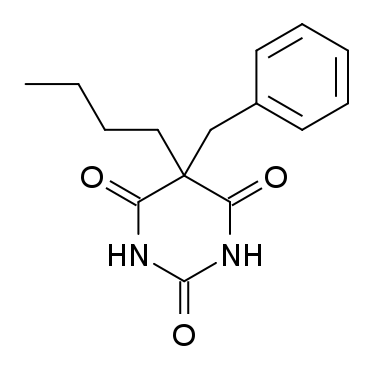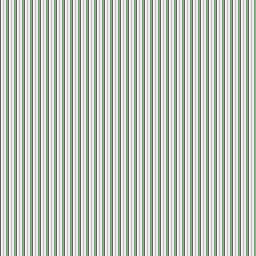Summary
Benzylbutylbarbiturate, scientifically referred to as 5-benzyl-5-n-butylbarbituric acid, stands as an uncommon instance of a designer drug within the barbiturate class, potentially one of the few of its kind identified in recent times.
This substance came to the attention of law enforcement in Japan in the year 2000, and it is presumed to have been a result of clandestine production since it had not previously been legitimately available as a pharmaceutical. Like many designer drugs, the synthesis of this compound aimed to evade legal restrictions that prohibited the use of established barbiturate medications. However, due to existing drug regulations in various regions, including Japan, which explicitly prohibited “any 5,5-disubstituted derivative of barbituric acid,” this particular compound was considered illegal even though it represented a novel chemical entity that had not been encountered before.
Notably, this compound was documented in the scientific literature, indicating that it was not an entirely new chemical entity.
| Identifiers | |
|---|---|
| IUPAC name | |
| CAS Number | 66941-94-4 |
|---|---|
| PubChem CID | 48575 |
| ChemSpider | 44181 |
| UNII | 9MU2ZSJ2VY |
| CompTox Dashboard (EPA) | DTXSID40217135 |
| Chemical and physical data | |
| Formula | C15H18N2O3 |
| Molar mass | 274.320 g·mol−1 |

FAQ
- What is Benzylbutylbarbiturate?
- Benzylbutylbarbiturate is a compound known as 5-benzyl-5-n-butylbarbituric acid. It falls into the category of designer drugs, specifically in the barbiturate class.
- Is Benzylbutylbarbiturate a widely known designer drug?
- No, Benzylbutylbarbiturate is considered a rare example of a barbiturate designer drug and has been encountered only infrequently in recent years.
- When and where was Benzylbutylbarbiturate first discovered by law enforcement?
- Law enforcement in Japan confiscated Benzylbutylbarbiturate in the year 2000, bringing it to public attention.
- Was Benzylbutylbarbiturate produced legally as a pharmaceutical before its confiscation?
- No, it is presumed that Benzylbutylbarbiturate was produced clandestinely, as it had never been sold as a legal pharmaceutical prior to its discovery.
- What were the intentions behind producing Benzylbutylbarbiturate as a designer drug?
- Like many designer drugs, Benzylbutylbarbiturate was likely created in an attempt to bypass drug laws that restrict the use of conventional barbiturate drugs.
- Why was Benzylbutylbarbiturate still considered illegal, even though it was a novel compound?
- The drug laws in various jurisdictions, including Japan, prohibited “any 5,5-disubstituted derivative of barbituric acid,” making Benzylbutylbarbiturate illegal despite its novelty.
- Was Benzylbutylbarbiturate an entirely new chemical entity, or was it known from scientific literature?
- Benzylbutylbarbiturate had been documented in the scientific literature, indicating that it was not an entirely new chemical entity.
References
- In the year 2000, Ohta H, Suzuki Y, Sugita R, Suzuki S, and Ogasawara K reported a “Confiscation Case Involving a Novel Barbiturate Designer Drug.” Their findings were published in the Canadian Society of Forensic Science Journal, Volume 33, Issue 3, covering pages 103 to 110. You can access the full paper through the DOI: 10.1080/00085030.2000.10757506. The S2CID for this work is 72601216.
- In a study dating back to April 1947, Alles GA and Ellis CH investigated the “Comparative Central Depressant Actions of Some 5-Phenyl-5-Alkyl Barbituric Acids.” This research was published in The Journal of Pharmacology and Experimental Therapeutics, Volume 89, Issue 4, spanning pages 356 to 367. The PMID for this study is 20295516.

Leave a Reply